It’s time to take a look at the sales distribution charts of Image and the other independent publishers for June. (See the bottom for explanation of methodology.)
There’s a big caveat to that 100K+ entry on the chart. Magic Order is estimated at ~157.7K, but a lot of that was allegedly ordered at a steep discount. Perhaps half of it. The “normal” retailer orders are probably in the vicinity of Walking Dead orders (which was ~71.2K in June). Which is still a nice order, just not the overall #2 book.
It’s a similar chart to May, but with that Magic Order wild card, however you want to interpret its numbers, added to the top and a lot fewer 20K issues in June. Spawn, Saga and Oblivion Song are the titles in the 30K+ club. Spawn was ordered higher than Saga and is on a bit of a roll amidst all the film announcements.
40 issues under 10K in June, for those keeping track of the lower selling titles.
For the other independent publishers, the chart looks like this:
None of the independents outside of Image cracked the 20 barriers and fewer publishers cracked the 10K line in June. A disappointing month for indie sales. Makes a person wonder if DC and Marvel sucked up some of the dollars normally earmarked for independent comics with all their June relaunches?
The high seller was Rick & Morty #39 at ~19.1K. Other notable sellers were Rick & Morty Presents Krombopulous Michael #1 at ~18.4K, Mighty Morphin Power Rangers #28 at 18.3K, Go Go Power Rangers #10 at ~14.2K, American Gods #4 at ~13.7K, Xerxes #3 at ~13.6K, Sonic the Hedgehog at just over 13K.
Xeres was the bestselling non-Image creator-owned title of the month and the #6 seller of the non-Image indie publishers.
The interesting thing about that top seller snapshot? Only one of them was a first issue. Rick & Morty is still doing 19K on its 39th issue.
How do these numbers look when compared to Image?
It’s not really a close race.
Standard disclaimers: The numbers are based on the Diamond sales charts as estimated by the very reliable John Jackson Miller. These charts are pretty accurate for U.S. Direct Market sales with the following caveats: 1) you can add ~10% for UK sales, which are not reflected in these charts; 2) everyone’s best guess is you can add ~10% for digital sale – while some titles do sell significantly better in digital (*cough* Ms. Marvel *cough*), that’s the average rule of thumb; 3) it’s not going to include reorders from subsequent months, although reorders will show up in subsequent months if they’re high enough. So if you’re a monster seller in Southampton and it took the US audience 3 weeks to reorder, it’s probably not going to be reflected here.
What’s a sales band? It’s another way to have a higher level view of the market. The general idea is to divide the market into bands of 10K copies sold and see how many issues are in each band. How many issues sold between 90-99K copies, 80-89K copies, etc. etc. In very broad terms, the market is healthier when there are several titles selling in the 70K-100K+ range because titles that move a lot of copies give the retailers some margin of error on their ordering. When you see titles selling in the 20-29K band and especially below, there’s a pretty good chance a lot of retailers aren’t ordering those titles for the shelf (pull box/pre-order only) or minimal shelf copies at best.
For the purposes of these sales band charts, we really are looking for titles that are selling 10K and over, so only publishers with an issue that topped 10K will be listed here. The sad fact is, most independent comics sell under 10K and it’s when they cross that line that they really start getting noticed. The May estimates have the top *500* single issues, which means everything above 980 copies ordered, so this is probably a fairly complete list compared to the old top 300.
Want to learn more about how comics publishing and digital comics work? Try Todd’s book, Economics of Digital Comics


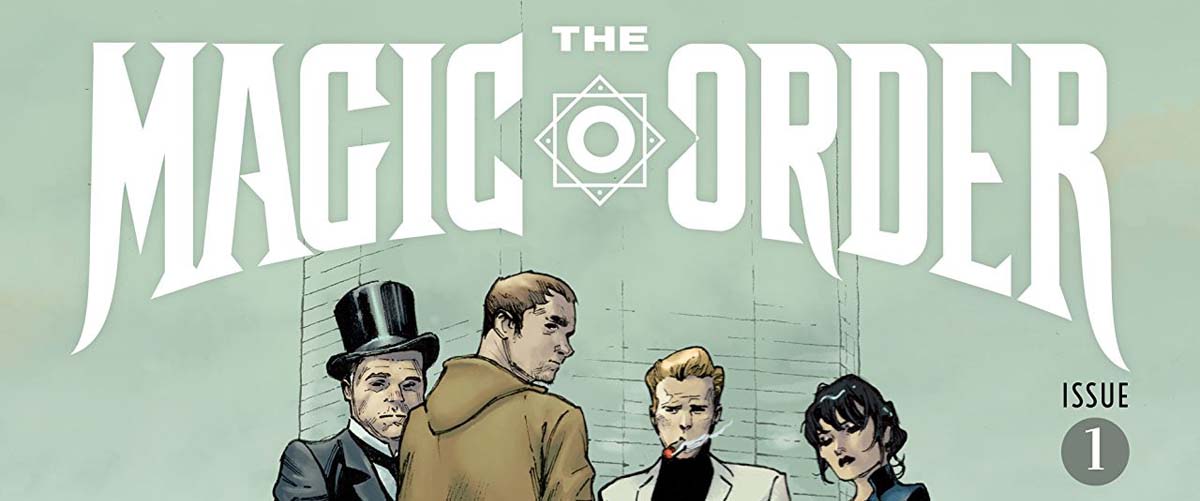

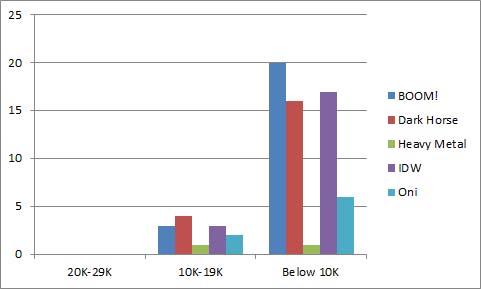
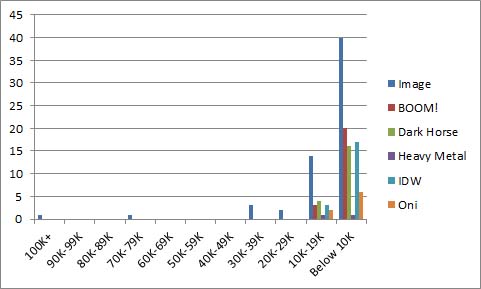
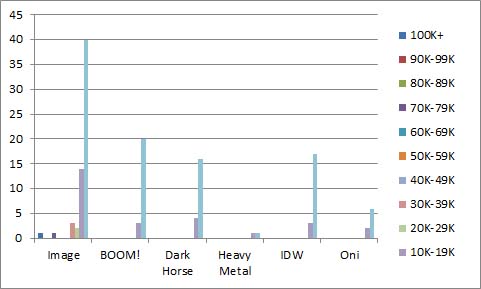
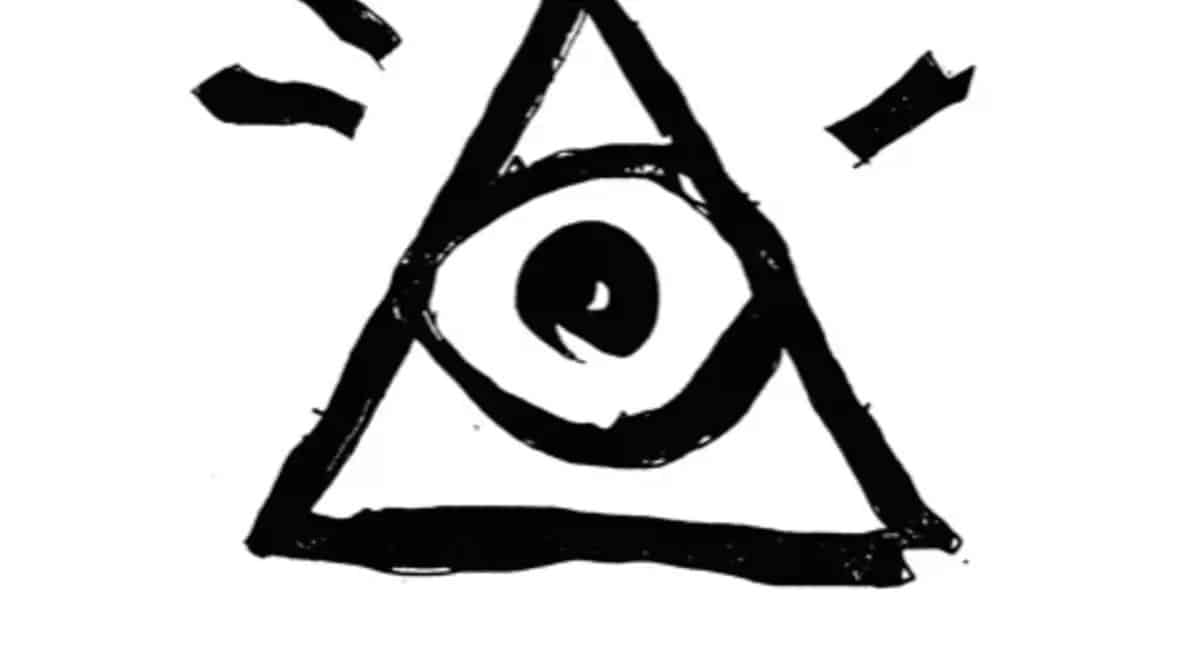

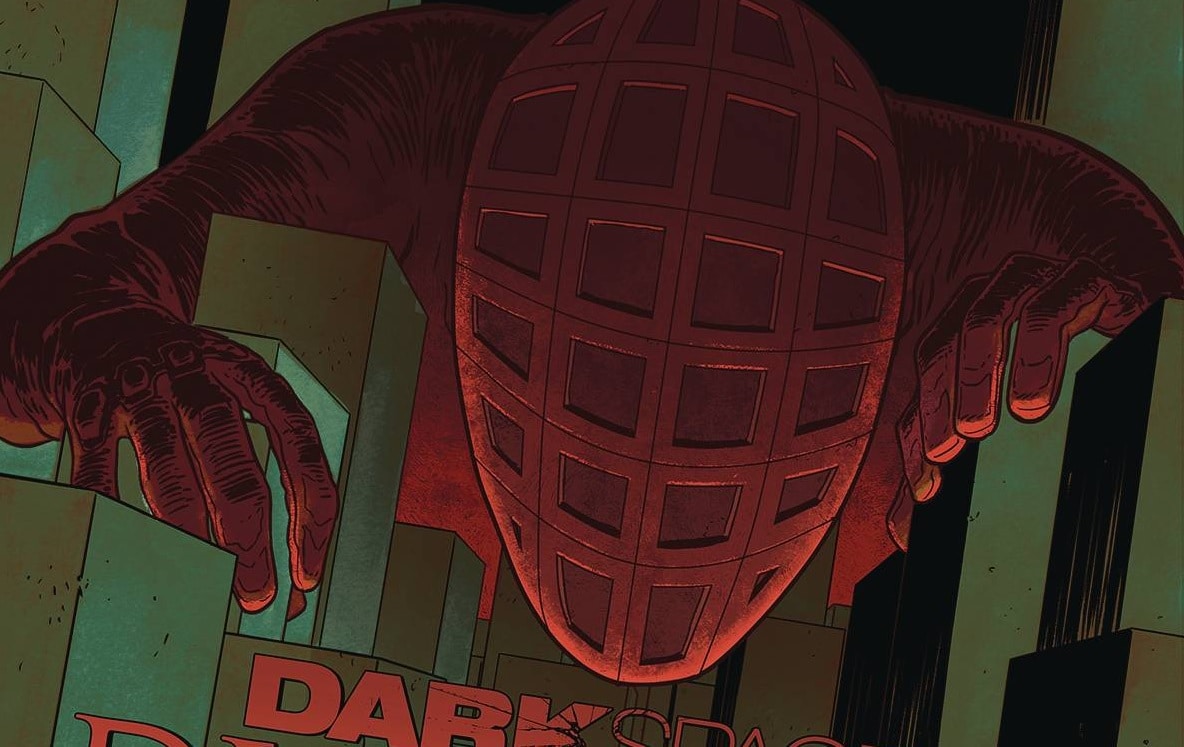



I suppose The Seeds will debut at under 20k too.
There is one bright spot to Marvel and DC pricing at what is often said to be too high at $3.99; the books from other independent publishers are value-laden by comparison, with the same price point. Seriously, IDW books that have always seemed more expensive I’m now considering. Same with BOOM!, but Darkhorse I’ve always bought from. Opportunities to look around are pretty good
Comments are closed.